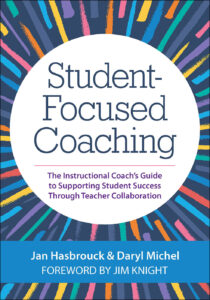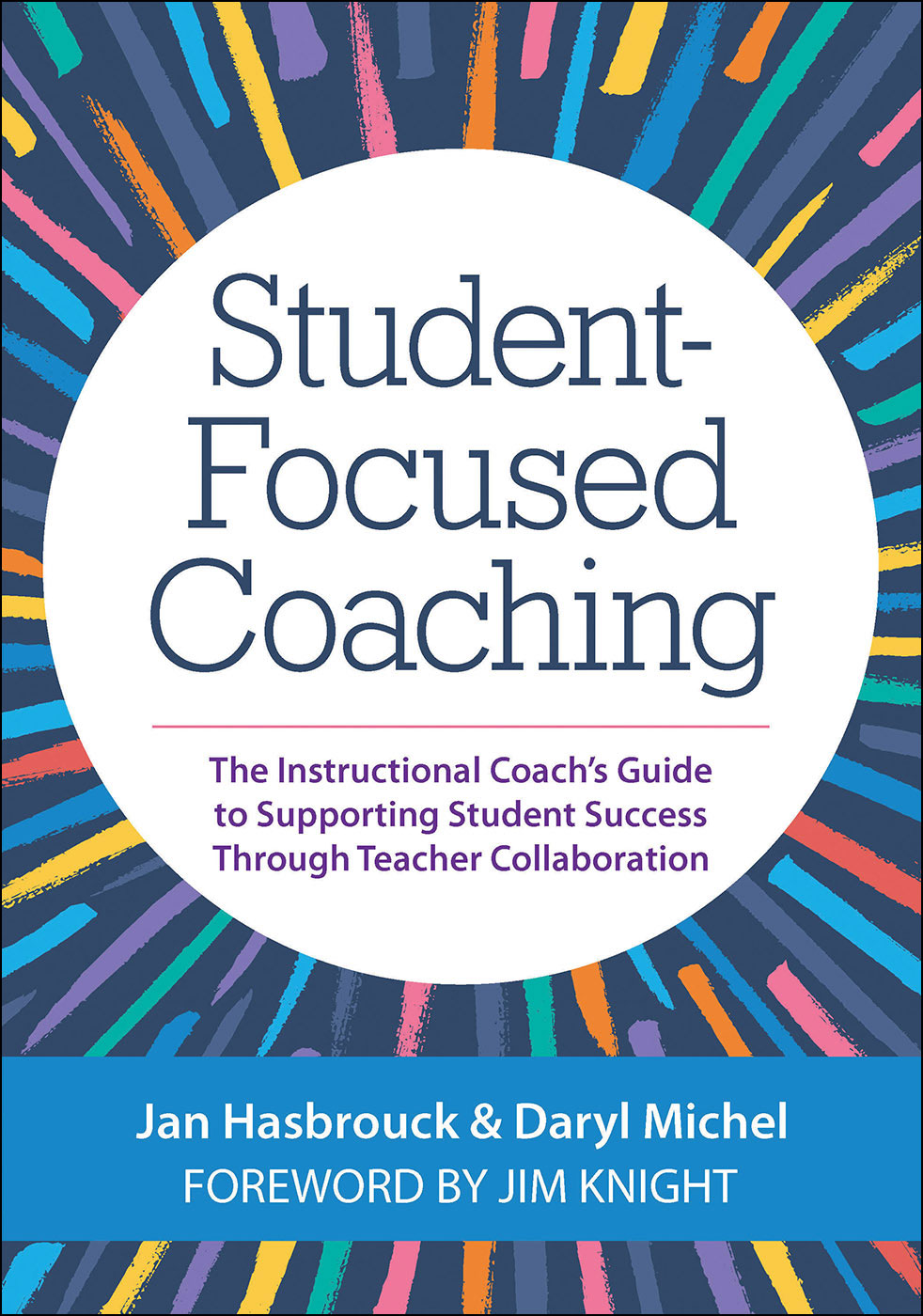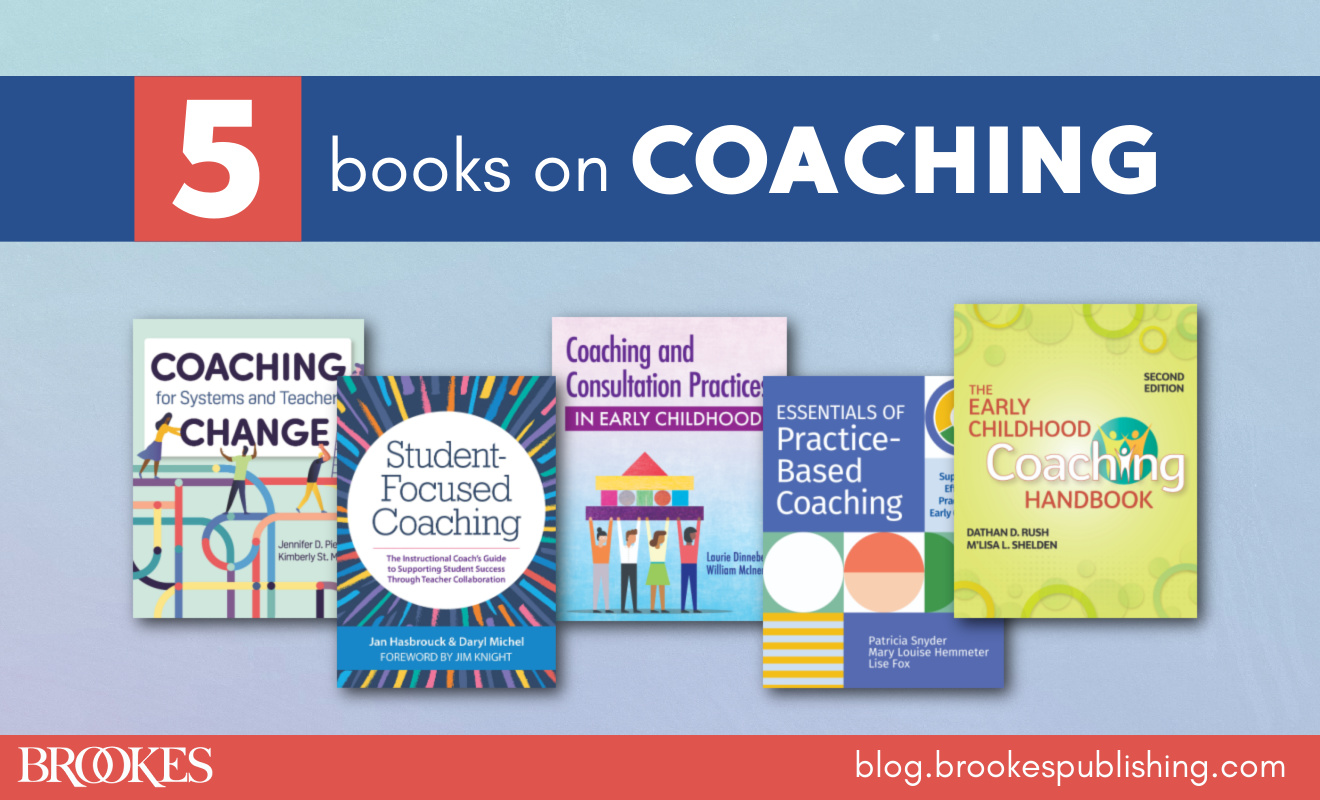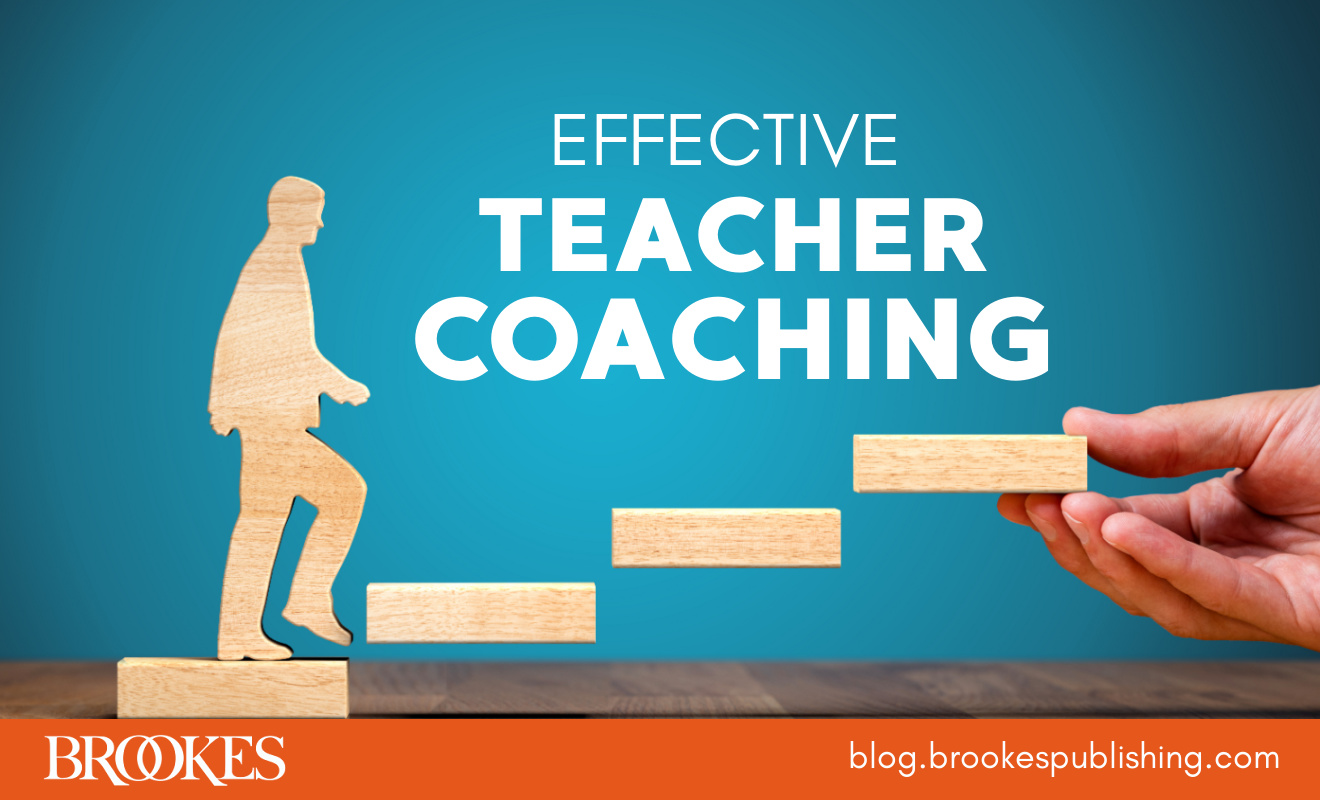Student-Focused Coaching: 10 Best Practices for Administrators and Supervisors
June 4, 2024
 Today’s blog post is excerpted and adapted from Student-Focused Coaching by Jan Hasbrouck and Daryl Michel: a one-stop, step-by-step guide to instructional coaching in K–12 schools using the research-based SFC model.
Today’s blog post is excerpted and adapted from Student-Focused Coaching by Jan Hasbrouck and Daryl Michel: a one-stop, step-by-step guide to instructional coaching in K–12 schools using the research-based SFC model.
The primary role of instructional coaches is to provide professional development and professional learning opportunities to support their peer colleagues. Coaching has the potential to be an especially effective form of professional development and learning because it can be personalized and sustained over time.
Student-Focused Coaching (SFC) is one model of coaching. SFC is defined as a cooperative, ideally collaborative, professional relationship with colleagues mutually engaged in efforts that help maximize every teacher’s knowledge and skills to enhance student learning.
- Cooperative: Coaching cannot be forced on a colleague. Coaches have no power and no authority over their peer colleagues. They are not supervisors and cannot participate in supervision or evaluation decisions, either directly or indirectly.
- Relationship: Coaches can only provide effective PDL when they have established a trusting and mutually respectful professional relationship with their colleagues. This is facilitated when the coach and teachers focus on partnering for student success. Establishing and maintaining mutual trust requires that coaching interactions be completely confidential unless specific permission is granted by the teacher.
- Mutually engaged: SFC coaches work with all teachers focused on enhancing student learning. Coaches primarily spend their time engaged in activities categorized as Facilitator, Collaborative Problem-Solver, or Teacher/Learner.
Coaches are most effective when they work in partnership with their administrators and/or supervisors. To maximize this partnership, administrators/supervisors should follow these best practices:
Understand the role of coaches. The coach’s job is to provide support for professional development and learning. The most effective way to do this is to engage in systematic, collaborative problem solving, rather than simply observation and feedback (coaching cycle).
Understand that coaches are not supervisors. Coaches cannot ethically or legally be involved in the evaluation of teachers, either directly or indirectly. Coaches have no power or authority over their peer colleagues. They work as peer partners to their teacher colleagues to support effective classroom practices to promote positive student outcomes.
Fully honor the confidentiality of the coaching/teacher relationship as appropriate. Although administrators/supervisors cannot mandate coaching to any teacher, they can strongly suggest to a teacher that they seek support from a coach. Such a suggestion would be confidential and cannot be shared with the coach without the permission of the referred teacher.
Take responsibility to clearly define and describe the coach’s role to the teaching staff. State any obligations of the staff for working with the coach (e.g., a mandate to share current student performance data with the coach is highly recommended). Make clear the limitations of the coach’s role.
Help coaches find sufficient time to design and provide effective professional development and learning to peer colleagues.
Have regularly scheduled formal conversations with coaches about 1) their role, 2) how they are spending their time, and 3) how you can be an effective professional partner to support their work. This helps strengthen the coach and administrator/supervisor partnership. Initially, aim for a minimum of three times per year for these collaborative conversations. Consider using time-tracking data to support these conversations.
Effectively supervise coaches by regularly providing specific feedback for professional growth. Support the coach’s efforts to successfully implement systems of support, such as leadership teams.
Ensure that coaches keep learning about instructional practices supported by the best possible research. Coaches should continue to read and study, seek out their own PDL opportunities, and access the support of colleagues and outside resources to gain new knowledge about effective teaching and effective coaching.
Understand and work to implement the elements of the SAILS framework for effective schools. SAILS is an acronym that stands for Standards, Assessment, Instruction and Intervention, Leadership, and Sustainability. (A detailed description of the framework can be found in Student-Focused Coaching.) Coaches must possess a strong knowledge base of what it means to support explicit and effective instruction in the classroom.
Work to create a climate and culture for student success so teachers will be inspired with the desire to teach all students effectively. Coaches then provide collegial support to help teachers achieve this goal.
Interested in learning more about student-focused coaching? Want to learn how can you get started with implementing this approach in your school or district? The book Student-Focused Coaching is an ideal place to start—it gives you a complete guide to the three key roles of coaching and offers practical activities and materials, including application exercises, reflection exercises, virtual coaching tips, and 20+ pages of downloadable forms.





Write a Comment
Your email address will not be published. Required fields are marked *
Post a Comment